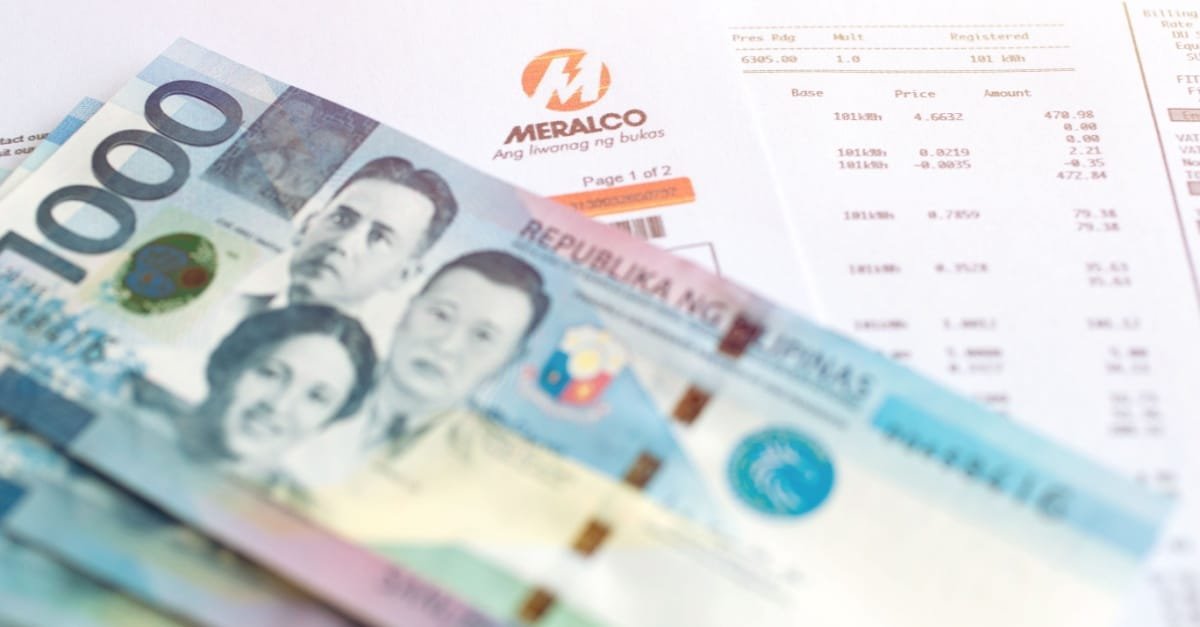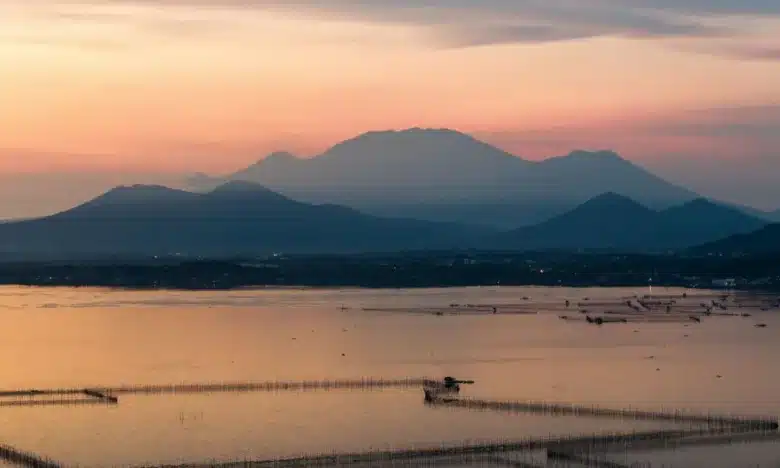
Costly Electricity Tied to Baseload Deficit, Says Meralco
- May 5, 2025
The Department of Energy recently expressed concerns about delays in Excellent Energy Resources Inc.’s (EERI) power plant, which is supposed to supply Meralco with 1,200 megawatts (MW) by December 2024.
DOE Assistant Secretary Mario Marasigan flagged ongoing testing at EERI’s plant, suggesting the delays may be driving Meralco’s increased dependence on the spot market. Since early this year, more than 20% of the utility’s supply has come from the Wholesale Electricity Spot Market WESM—a level Marasigan found unusually high.
He stated, “So, we know that if that happens, so even other distribution utilities that are also sourcing power supply from the Wholesale Electricity Spot Market (WESM) are indirectly affected because if many are buying in the limited capacity, then prices go up.”
Meralco deflects, points to baseload shortage
However, Meralco pinned the spike in spot market electricity prices on the chronic shortage of new baseload power in the Luzon grid—insisting the issue stems from a systemic supply gap, not delays in its power supply agreement (PSA) with EERI.
The obvious and main cause for high WESM prices is the lack of supply or lack of new capacity in the grid,” the utility stated. “The issues in EERI’s testing and commissioning would not have much significant effect on the grid’s reliability had there been other new baseload power plants that were already built and online.”
Meralco stressed that recent additions to the grid have mostly been solar—power that disappears at night, pushing up prices at peak demand hours. Compounding the issue are the many existing plants that “are 20 years old and plagued with unscheduled or forced outages.”
According to Meralco, aside from EERI and GNPower Dinginin, which won part of its 1,800-MW bidding last year, “the Luzon grid has not had any large new or greenfield baseload plant since 2002.”
The utility further stated that, as Meralco and many energy experts have consistently highlighted, the focus should be on promoting the development of new power plants to address the supply shortfall, rather than blaming projects delayed by factors “outside of their control such as technical problems, regulatory delay, or force majeure.”
Meralco added that it is actively supporting the entry of new power capacity by holding competitive selection processes specifically aimed at attracting greenfield developments.
ERC’s slow approvals
In its statement, Meralco pointed to regulatory delays—particularly from the Energy Regulatory Commission (ERC)—as a key factor behind persistent supply challenges and rising generation costs.
While Meralco had conducted its Competitive Selection Processes (CSPs) on time and in line with its DOE-approved Power Supply Procurement Plan (PSPP), the delayed approval of resulting PSAs by the ERC significantly contributed to supply shortfalls and increased exposure to high WESM prices.
One notable example is the 1,800-MW CSP, a rebid of an earlier round conducted between October 2020 and February 2021. After more than two years of waiting without regulatory resolution, the power suppliers involved eventually opted to terminate their PSAs with Meralco in 2023.
Due to the delays, Meralco, with DOE’s support, had to swiftly rebid the 1,800-MW supply to ensure PSA approval in time for 2025 demand. Despite the ERC releasing its decision only on December 18, 2024, EERI still reached testing and commissioning by the original target of November 26—a milestone in itself. At this stage, EERI supplies commissioning power at a lower rate, offering savings for Meralco customers.
Meralco stated that its PSAs from last year remain on hold pending ERC approval. These include 350 MW of renewable mid-merit supply from San Roque Hydropower and Gigasol3, originally set for February 26, 2025, and a 300 MW baseload supply from Mariveles Power Generation, scheduled for April 26, 2025.
“In case there is an unexcused delay in the implementation of the PSA because the commercial operation date has not occurred as scheduled, Meralco made sure that its customers are still completely protected,” underscored the energy firm.
Lack of energy security
The Asian Development Bank has flagged three key energy issues in the Philippines: surging power demand, frequent supply shortfalls, and uneven access to electricity between urban and rural communities.
Additionally, the Philippines is grappling with a major energy concern, with nearly 80% of its baseload supply at risk of disruption.
According to an analysis by Columnist Den Somera, the country’s power woes can’t be traced to just one cause—but at the heart of the crisis is a deep shortage of reliable baseload power.
Despite global efforts to reduce coal usage, it remains a cornerstone of energy security. As of 2024, coal continues to be the world’s largest source of electricity generation, accounting for approximately 34% of global electricity production. This is followed by renewables at 32%.
The Philippines mirrors this trend, with coal supplying 62% of its energy needs. This marks a slight increase from 2023 when coal’s share was about 61.92%.
Somera wrote, “The best type of power plants to serve baseload requirements are still coal and natural gas. The most reliable, however, are nuclear power plants.”
He attributed this to nuclear plants’ remarkable reliability, operating at maximum capacity over 92% of the time throughout the year—nearly double the performance of natural gas and coal units, and significantly more reliable than wind and solar plants. Furthermore, nuclear plants require less maintenance, designed to run for extended periods before needing refueling, typically every 1.5 to two years.
“Renewable plants, on the other hand, are considered intermittent or variable sources because they are mostly limited by lack of fuel such as when the sun goes down for solar when the wind stops for windmills, or water when the river beds go dry as in what happened lately,” he noted.
Still, he stressed the critical role of grid infrastructure, pointing out that while generating capacity is essential, it’s equally important to ensure that the grid can handle and integrate that capacity effectively, allowing it to be operational when needed.
He wrote, “The National Grid Corporation of the Philippines (NGCP) has been criticized – even by the present government – that it has not fulfilled adequately its obligations as rotating brownouts still remain a recurring problem since the start of this year due to its failure in processing the timely acquisition of reliable ancillary power agreements.”
To conclude, Meralco stated that it is neither obligated nor legally required to secure excess capacity beyond what is necessary for its customers to ensure grid supply adequacy. Taking such actions would result in higher generation costs for Meralco customers due to stranded capacity, which would contradict the principle of minimizing costs that Meralco upholds.
It asserted, “Indeed, Meralco customers should not bear the brunt of supply deficiency in the grid as the mandate to ensure supply adequacy rests on the State, through the DOE, pursuant to EPIRA.”
The Electric Power Industry Reform Act (EPIRA) is the law that restructured the Philippine power industry to promote competition, ensure reliable electricity, and lower prices for consumers.
Sources:
https://business.inquirer.net/519810/energy-gap-flagged-amid-meralco-eeri-supply-agreement-setback
https://insiderph.com/uploads/files/32/MERALCO%20PRESS%20RELEASE%20ON%20PSAs.pdf
https://www.rappler.com/voices/thought-leaders/analysis-present-power-situation-philippines/



